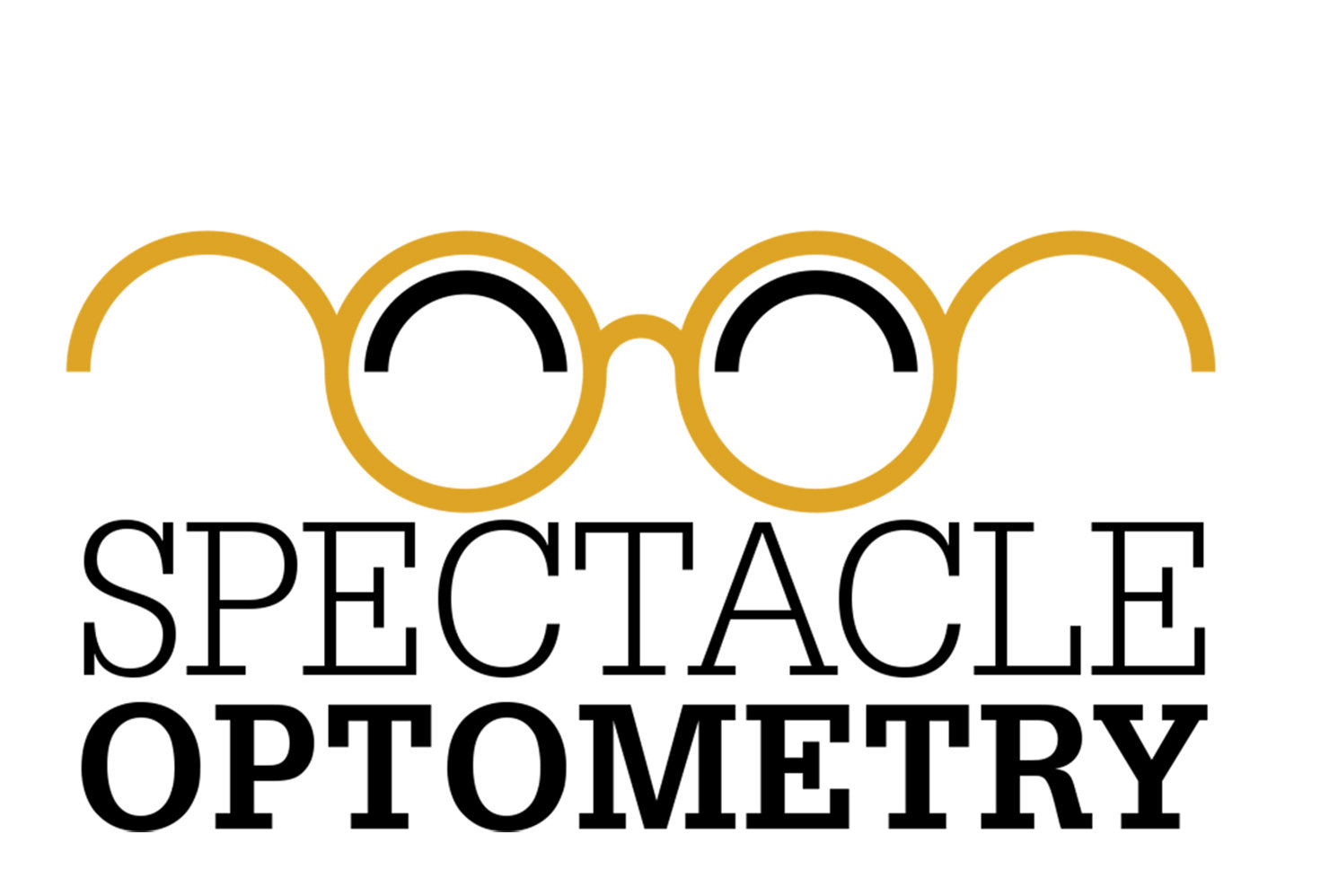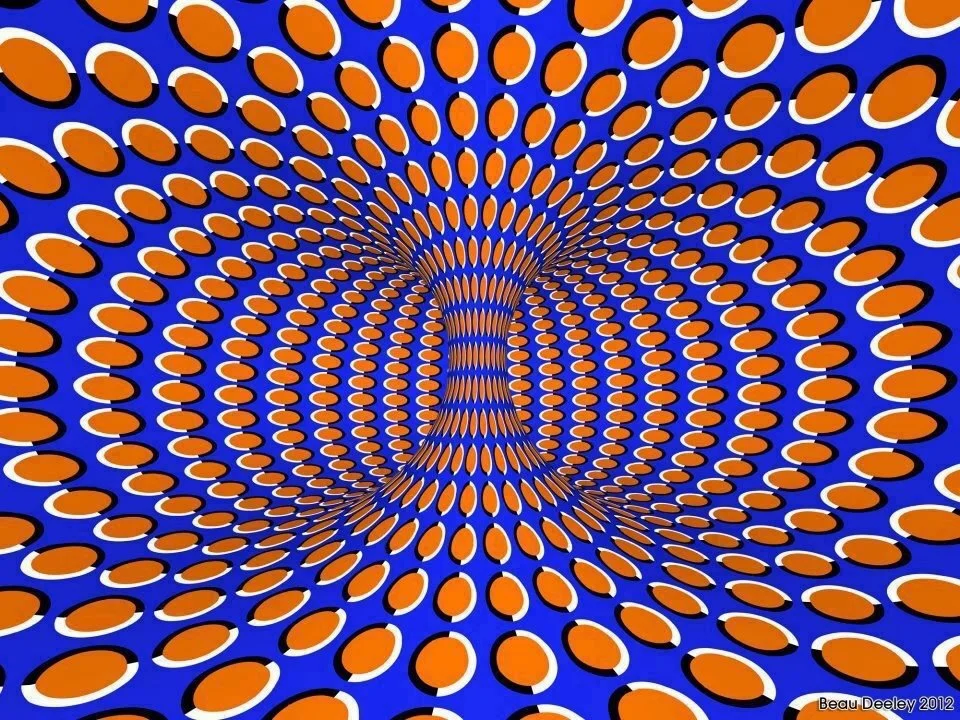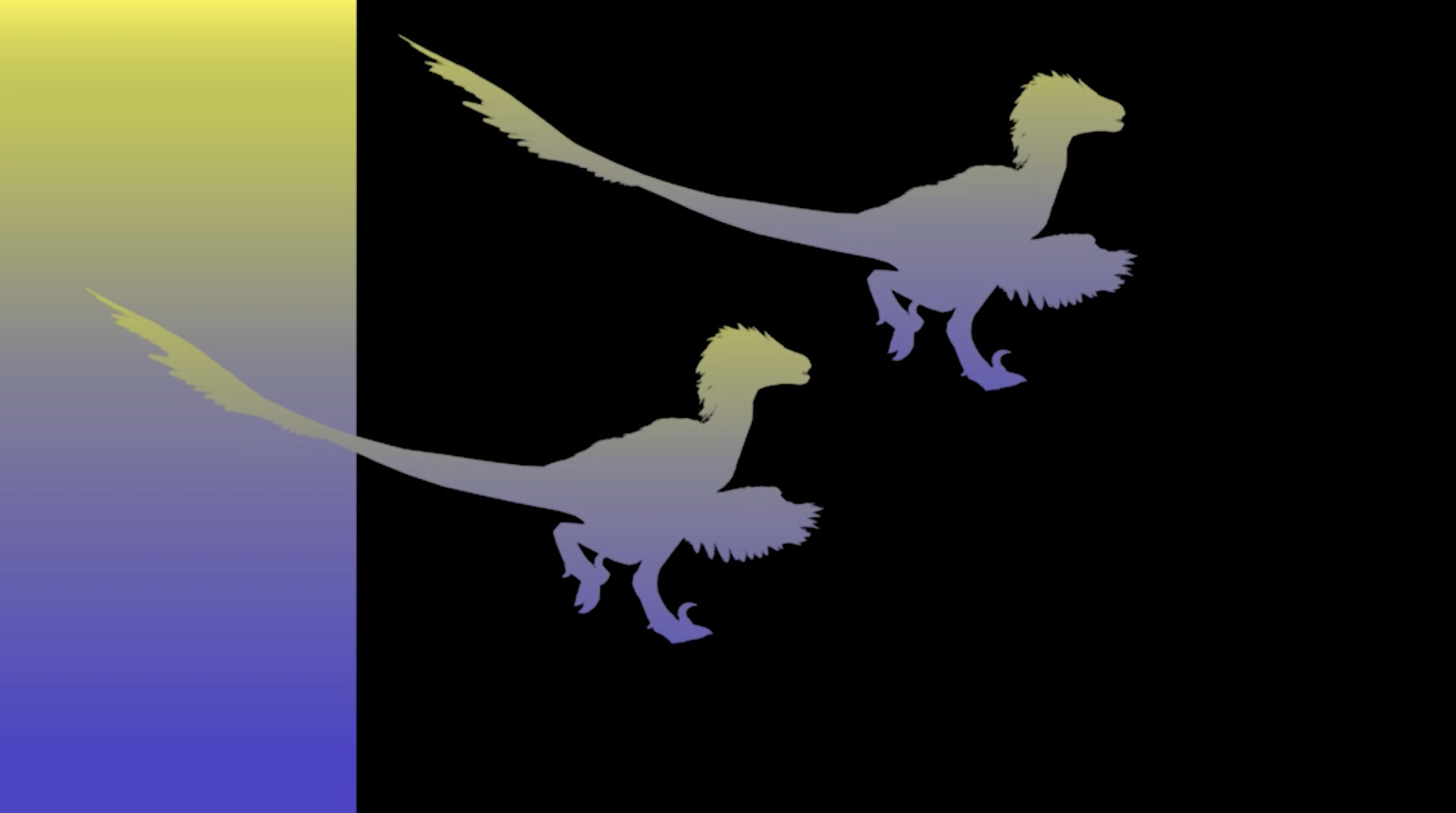OPTICAL ILLUSIONS EXPLAINED (PART 2!)
If you haven’t taken a look at our first optical illusions blog, check it out here. It’s been awhile since we ventured into optical illusions and how they work, but it was so much fun the first time that we thought we’d show you some more! Our eyes are pretty cool and even have the ability to deceive our brains. The way certain images, colors, or lighting come together can create many misleading effects and fool our brains into believing exactly what we are seeing. The trick is that not everyone sees an image the same exact way. As we go through some examples, do not be alarmed if you can’t see some of the effects that we explain or see something different. It’s completely normal! Let’s jump right in to some more eye tricks and go into detail about each and every one of them…
The Donut Room
Look at the scene below. Is it moving??
When you look at something, your eye makes tiny little movements. Usually, our brain can tell the difference between our eye moving and the image, so we see a still image. Because of the contrasts of shapes and colors in this particular scene, it is fooled! Our brains switch on motion sensors and we think that the picture is moving. Pretty cool, huh?
2. Shading
Are these dinosaurs the same or different colors?
Actually, they are the same! Check it out…
Remember when we were all trying to figure out if the viral dress was black/blue or gold/white?! It’s kind of like that! Lighting and shading can trick our brain into thinking things are different colors. The dinosaur on the darker part of the image seems lighter, while the one on the lighter part of the image seems darker. With the background removed, you can see that they are the same gradient color!
3. Disappearing Dot
Stare at the central black dot. Just notice the colors and dots in your periphery. Do you see a color traveling around in a circle?
The more you look at this image, you’ll likely see a green dot traveling around in a circle, but actually the dots are just disappearing one by one. When you look at the same color for awhile, you can fatigue the cones in your retina that detect color. They’ll stop responding for a second when they need a break! This causes an afterimage to appear. We see green because the cones that detect green were not fatigued and are still functioning.
Our eyes and brains are pretty impressive, but they can often fool us into thinking something is there when it actually isn’t there at all. These, and many other, optical illusions out there are proof that sometimes believing is actually not seeing, even though it appears that way!







